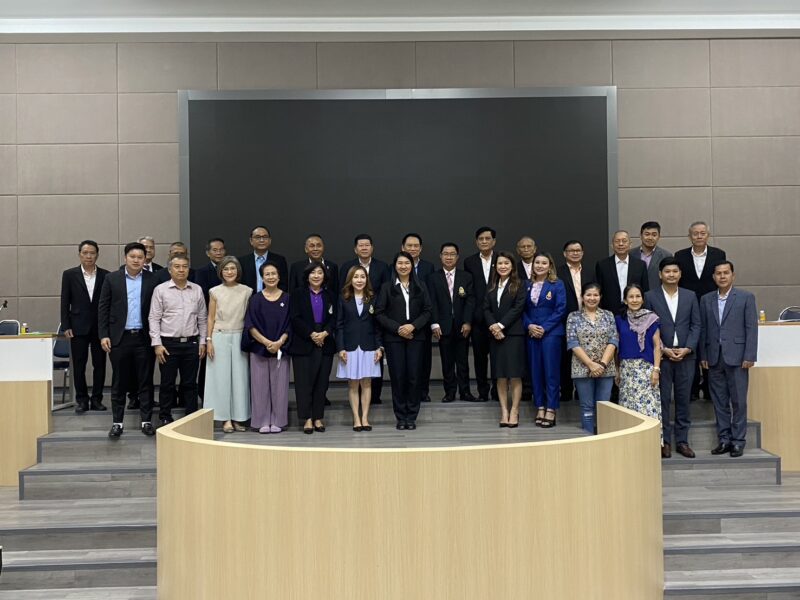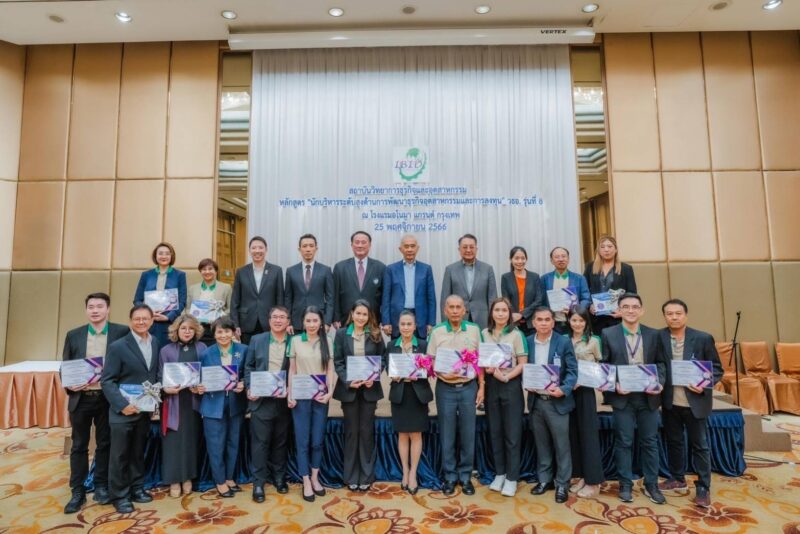
Accessible travel is perhaps the travel industry’s greatest untapped opportunity. There are millions of people worldwide looking for accessible travel options. The demand will continue to grow due to demographic aging.
MyTravelResearch.com has released a new and free insight report on accessible travel, which is also known as inclusive travel, disability travel, barrier-free travel, and access travel. In short, accessible tourism means everyone can enjoy travelling.
The market is big, says the report. Around one in five people have a disability. Around 88% of people with a disability take a holiday each year. In the USA the Open Doors Organization estimates that US$17.3 billion is spent by adults with disabilities on travel each year. In Australia, around eight billion dollars a year is spent by travellers with disabilities. Around 12% of the European market is dedicated to people with disabilities.
Perception Issues
Our perceptions of accessible travel may be outdated. Bill Forrester in his Travelabilty blog writes: “Accessible tourism is no longer about building ramps and accessible bathrooms. It’s about building products and services for a larger and rapidly growing market. This is no longer a niche, but rather, a segment that is approaching 25% of total tourism spend.”
Indeed, people traveling with a disability are more likely to take longer trips. And if you provide a great product or a service, accessible tourists will be extremely loyal and sing your praises on review sites and through word of mouth.
While some travellers may have disabilities, their passion for travel is undiminished. Many focus groups have been conducted with traveling seniors. “The one thing in common with them all is that they don’t want to stop travelling,” says Bronwyn White co-founder of MyTravelResearch.com and author of the report. “They recognize, however, that the way that they travel may need to incrementally change as they age.”
Around one in five tourists have a disability. The majority of those disabilities are not visible. Some people may not identify has having a disability. For example, a person may find it harder to see or hear, but may not tell you. A disability may be temporary, for example, someone on crutches.
Impairment Varies
Types of impairment vary. For example in the UK long term illness accounts for 50% of disability travellers; 26% are deaf or have partial hearing loss; 23% have mobility impairment; 7% are blind or partially sighted; 6% are mobility impaired; 5% have learning difficulties.
Seniors often have disabilities, but they retain a sense of travel adventure, with attitudes often younger than their age. “You realize you can’t do things as confidently as you used to, but you don’t want to stop travelling. There are trade-offs, but a coach tour trade off isn’t so bad,” said one MyTravelResearch.com focus group respondent aged over 65.
Many tourists have intellectual disabilities. It may take longer to learn things. They may have difficulty reading and writing. They may struggle to adapt to new or unfamiliar surroundings. They almost always travel with a companion.
People with disabilities are generally tech savvy with over 58% using mobile devices to support their travel needs.
Cruising
Cruising is becoming more popular for people with disabilities. In the past five years, 10% of adults with disabilities in the US have taken a cruise, amounting to almost four million travellers taking seven million trips, generating US$11 billion in spending on fares and US$1.5 billion on excursions.
Cruise line, Holland America has the award winning Access to Excellence as part of its cruise program. Most cruise lines now have accessible programs in place.
Practical Tips
Visit Britain says there are three aspects that all businesses need to address to provide access for all:
– Information and Marketing – providing detailed information on the accessibility of your facilities and services, making this information easy to find.
– Customer Service and Training – being disability aware with the right attitude and confidence to serve all customers
– Physical Facilities – making reasonable adjustments to buildings and facilities so that they are ways for everyone to enter and move around.
For tourism destinations and services seeking to improve their service to disability travellers, the MyTravelResearch.com Accessible Tourism Report is full of practical tips and links to extra resources. To download the report for free visit https://mytravelresearch.leadpages.co/accessibletourism/
##
About MyTravelResearch.com
MyTravelResearch.com is a market research and marketing firm specializing in the travel, tourism and aviation industries. Its specialty is providing insights that are actionable.
Founded by principals with lifetime careers in travel, tourism and aviation, MyTravelResearch.com exists to build the visitor economy and successful tourism businesses. It does this by putting the voice of the customer and best practice business thinking into an easy to implement, hands-on approach via an innovative membership model. MyTravelResearch.com can help:
* National Tourism Organizations (NTOs) meet the expectations of their industry by acting as an extension of their research and marketing resources
* Businesses make more informed decisions. (It is like having your own research and/or marketing team)
Visit www.MyTravelResearch.com
Email: carolyn@mytravelresearch.com or bronwyn@mytravelresearch.com
Media queries
ScottAsia Communications
Asia Pacific office: Tel. (+66) [0] 2160 2644 (Ann Sriwongsa)
Email: ann@scottasia.net
UK office: Tel. (+44) [0] 7949 077959 (Ken Scott)
Email: kens@scottasia.net






